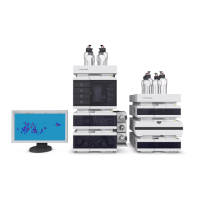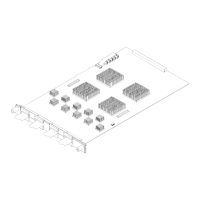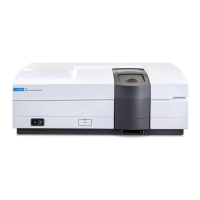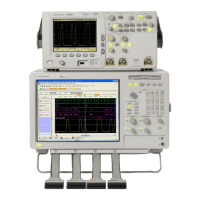2D-LC User Guide 373
14 Theoretical Background
Successful Mode Combinations
Successful Mode Combinations
2D-LC separations are the more effective, the more the selectivity mechanisms
involved in the two stages differ. Completely different and independ mechanisms
are said to be orthogonal. Any correlation between the selectivity mechanisms
degrades orthogonality and reduces the efficiency of the 2D-LC system.
Thus, selecting the best combination of stationary and mobile phase is the major
issue to improve 2D-LC methods. Table 45 on page 373 summarizes the
advantages and disadvantages of combinations of normal phase (NP), reverse
phase (RP), ionexchange (IEC) and size exclusion chromatography (SEC) for
2D-LC operation.
Table 45 Mode combinations in 2D-LC (LCxLC)
Combination Orthogonality Peak capacity Application Comment
RP x RP
1
1
Orthogonality,depends on the column choice or mobile phase choice
++
2
2
very good
Peptidomics,
metabolomics,
pharmaceuticals,
foods, cosmetics
Miscible solvents,
broadest application, fast
speed, gradient elution on
both dimensions
IEC and RP
+
3
3
good
-Proteomics,
peptidomics
SEC and RP +
4
-
4
not so good
Polymers,
proteomics
NP and RP + Polymers,
pharmaceuticals,
oils
Solvent incompatibility,
limited application
Affinity and RP + - Proteomics
SEC and NP + - Polymers
SEC and IEC + - Proteomics

